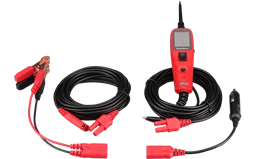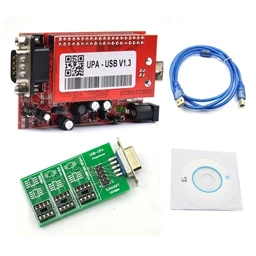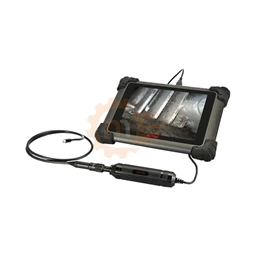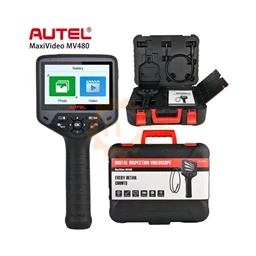What are hydrogen vehicles (FCEV) and how do they work?
As the name suggests, these vehicles use hydrogen as fuel. They are both more efficient and emit no emissions than vehicles with internal combustion engines.
It only produces hot air and steam. Hydrogen stored in hydrogen vehicles is converted into electrical energy.
I'll explain how this happens in the section where we describe the 'work logic'.
In these vehicles, just like internal combustion engine vehicles, they are charged in a short time and can travel approximately 500 km with a full tank.
Hydrogen vehicles also have advanced technologies to increase efficiency, for example regenerative braking. Now let's examine the working logic of these vehicles.
How do hydrogen vehicles work?
Hydrogen vehicles are also powered by electrical energy, just like fully electric vehicles.
However, unlike other electric vehicles, hydrogen vehicles produce electricity using the 'fuel cell' inside.
It generates electricity with hydrogen instead of just using the energy from a battery.
Hydrogen vehicles contain some basic components to work in this way, these are;
Auxiliary Battery: The low-voltage battery in the vehicle starts the car before the traction battery activates and also provides power for the vehicle accessory.
Battery: This battery is high voltage, it stores the energy produced by regenerative braking and provides power to the electric motor.
DC/DC converter: This converter converts high voltage DC energy into low voltage DC energy.
Electric motor (FCEV): This motor uses energy from the fuel cell and battery to move the wheels of the vehicle.
Fuel cell: This component is a group of electrons that separately use hydrogen and oxygen to generate electricity.
Fuel filler: This component allows us to refuel the vehicle.
Fuel tank (hydrogen): It stores the fuel needed by the fuel cell.
Electronic controller (FCEV): This component controls the speed of the electric motor and the torque it produces, and controls the energy in the fuel cell and electric motor.
Cooling System (FCEV): This component maintains the proper operating temperature of the components in the vehicle.
Gearbox (electric): It transfers the mechanical power from the electric motor to the wheels.

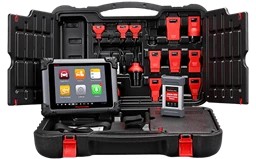
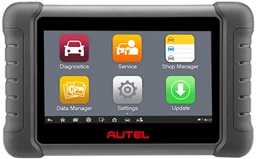
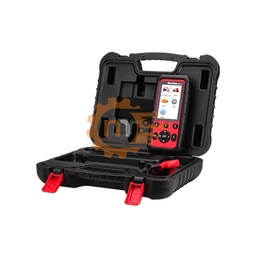
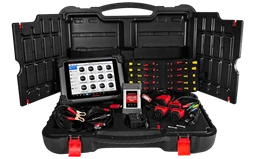
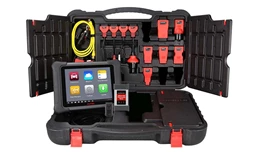
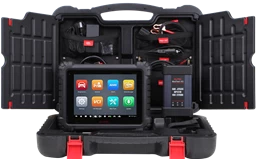
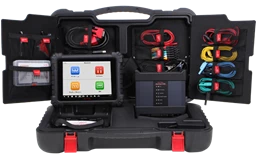
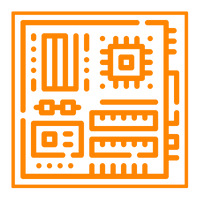

.webp?size=256)

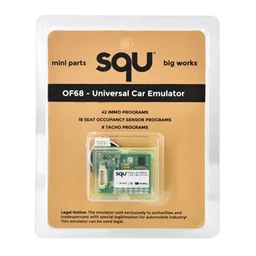
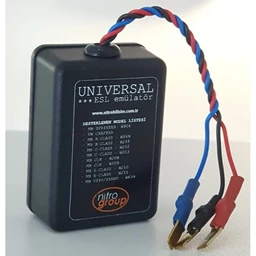

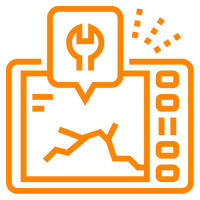
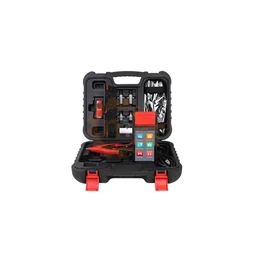
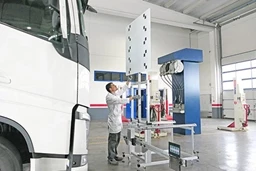
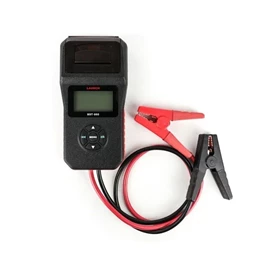
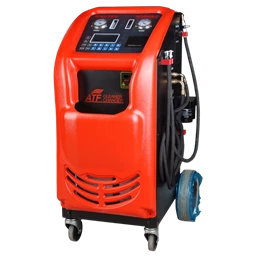
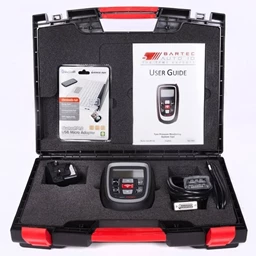
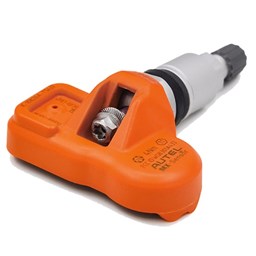
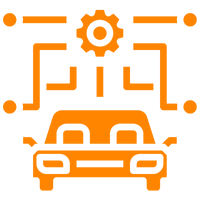
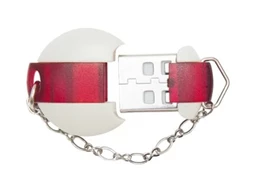
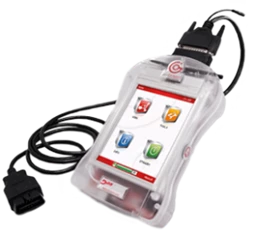
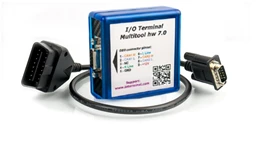
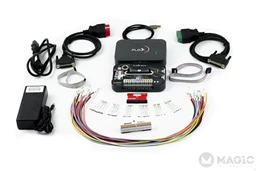

 Cihazı.webp?size=256)

